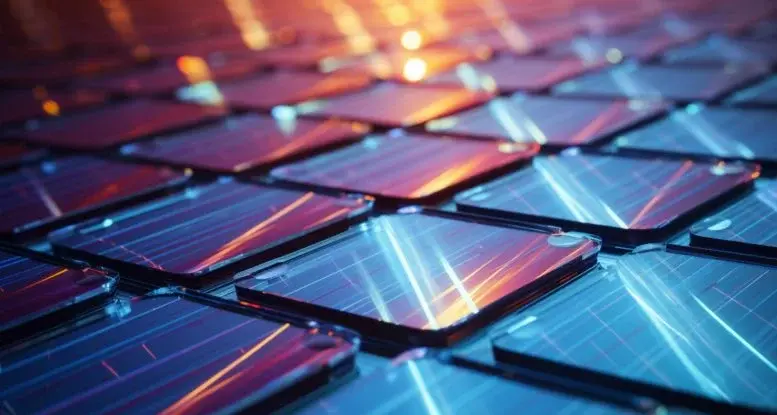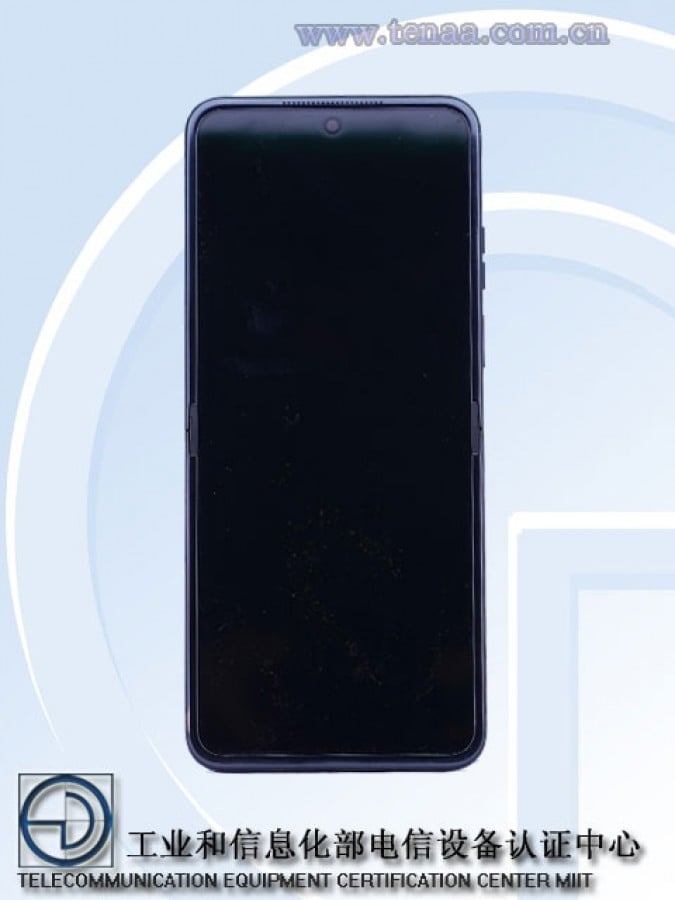A new development in solar energy technology promises simplified fabrication and broader applications by using pulsed light to increase the efficiency of PbS quantum dot solar cells.
A research team led by Professor Jongmin Choi from the Department of Energy and Engineering, Daegu Kyungbuk Institute of Science and Technology, has successfully developed a “PbS quantum dot” that can rapidly increase the electrical conductivity of solar cells. Participating in this collaborative study were Professor Changyong Lim from the Department of Energy Chemical Engineering at Kyungpook National University, led by President Wonhwa Hong, and Professor Jongchul Lim from the Department of Energy Engineering at Chungnam National University, led by President Jeongkyeum Kim.
The team identified a method to increase electrical conductivity using “pulsed” light, which produces significant amounts of energy concentrated at regular intervals. This method can replace the heat treatment process, which requires a significant amount of time to achieve the same result. This approach is expected to facilitate the production and commercialization of PbS quantum dot solar cells in the future.
Advantages of PbS quantum dots
PbS quantum dots are nanoscale semiconductor materials that are actively being researched for the development of next-generation solar cells. They can absorb sunlight at a wide range of wavelengths, including UV, visible, near-infrared, and shortwave infrared, and have low processing costs due to solution processing and excellent photovoltaic properties.
Fabrication of PbS quantum dot solar cells involves several process steps. Until recently, the thermal treatment process was considered an important step as it effectively coats the layer of quantum dots on the substrate and thermally treats the material to further increase electrical conductivity. However, when PbS QDs are exposed to light, heat, and moisture, the formation of relative defects on their surface can be accelerated, leading to charge recombination and deterioration of device performance. This phenomenon makes the commercialization of these materials difficult.
Innovative heat treatment technology
To suppress defect formation on the surface of PbS quantum dots, the team led by Professor Jongmin Choi proposed a thermal treatment that involves exposing the dots to light for a short period of a few milliseconds. Conventional heat treatment methods of PbS quantum dot layers require them to be processed using hot plates, furnaces, etc. It involves heating at high temperatures for tens of minutes using
The “pulsed type heat treatment technology” proposed by the research group overcomes the shortcomings of the current method by completing the heat treatment process in a few milliseconds using strong light. This leads to the suppression of surface defects and the extension of the lifetime of the charges (electrons, holes) that generate electric current. In addition, high efficiency is achieved.
“Through this research, we were able to improve the efficiency of solar cells by developing a new heat treatment process that can overcome the limitations of the existing quantum dot heat treatment process,” said Professor Jongmin Choi from the Department of Energy and Engineering at DGIST. . “Moreover, the development of a quantum dot process with excellent ripple effect is expected to facilitate the widespread application of this technology in various optoelectronic devices in the future,” he added.













